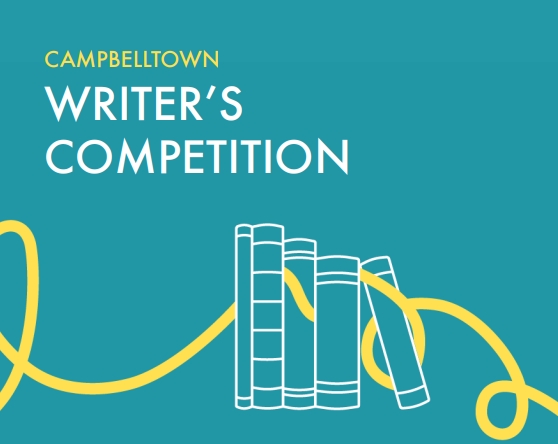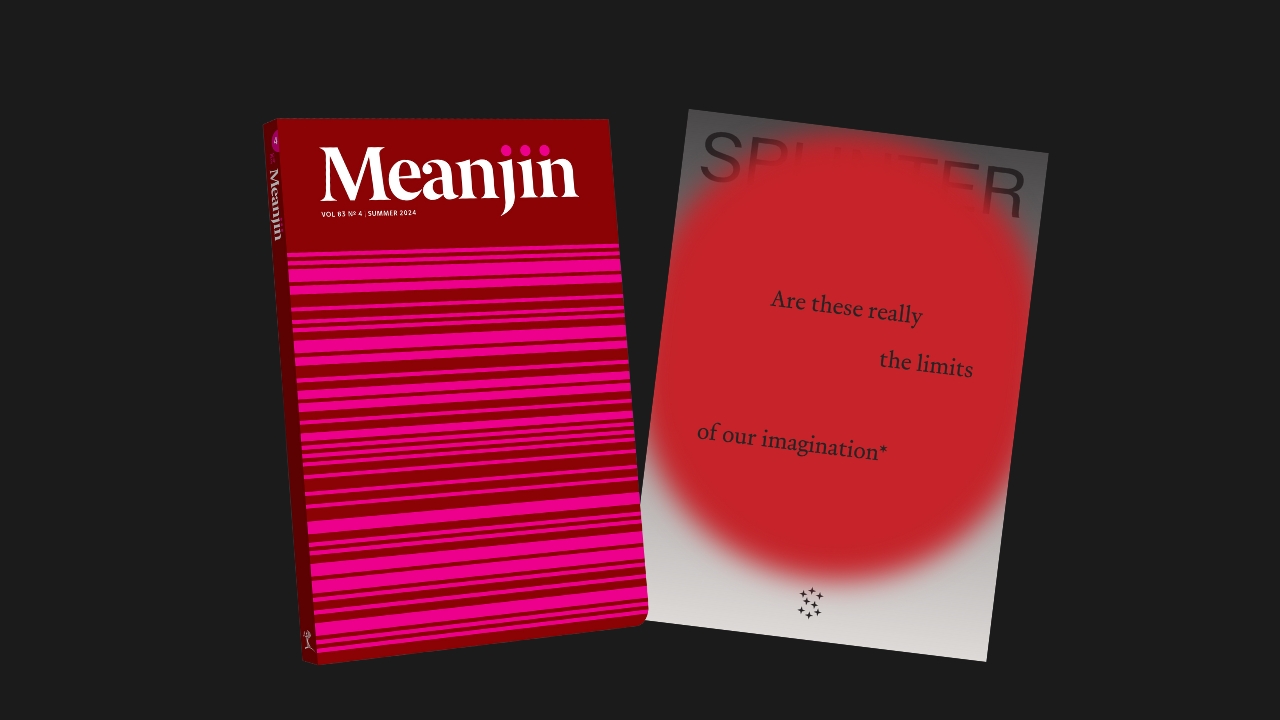Have you finished a short story or poem and are ready to send it out into the world? The process of submitting to a magazine or journal can seem long and mystifying. So here are some quick tips to get you started.
After you finish writing, editing and polishing, the very first step is to research your market. Somewhere out in the wilds of the internet, there is a magazine that publishes the genre and style of your writing. Finding that perfect match may take a little while—and much avoiding of publications that don’t pay writers or worse, that asks you to pay them for publication.
You’ve found the publication you want to target. Now what? The more you know about the publication, the better. Are they currently accepting manuscripts; do they accept pre-published work; what are their word limits; who are their editors? If they have a backlog of old publications try to read even just one or two. This is the best way to gauge the suitability of your writing to the publication.
The next step is an easy but important one: read the submission guidelines. Editors, particularly those of the larger magazines, do not have the time or patience to read a piece of writing that is formatted badly, doesn’t fit the word count, doesn’t have a name or contact email, or is submitted in comic sans. Think of your manuscript as you going to a job interview: you may be 100% qualified, but the odds of you being hired after showing up to an interview in a pair of pyjamas is slim. In the same way, your writing will be the first thing an editor sees from you. Give yourself the best chance you can.
Now you’re ready to submit. Usually submission guidelines will include the turnaround period for submissions, so you know when to expect an answer or when to assume your work has been rejected. It’s a good idea to have a running list of every publication you’ve submitted to; you don’t want to accidentally send your piece to the same place twice! Publications can take months to get back to you, and that’s valuable writing time—so keep writing. In the meantime, the running list will help you keep track when all your balls are in the air, with multiple submissions to different publications and new pieces you’re writing.
Check out places seeking submissions here.
Finally, you may receive many rejections. Remember that ‘no’ is not always a reflection of the quality of your writing (although sometimes it is).‘No’ can also mean ‘it doesn’t fit this particular publication,’ ‘we already have something similar’ or ‘this piece is not quite ready to be published.’ Don’t be shy about submitting your previously rejected work elsewhere, after a redraft if you think your piece needs it. There’s always a place for good writing in the publishing world.
Riana Kinlough is an intern at SA Writers Centre and is studying at Flinders University.








